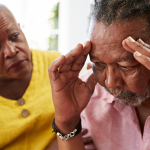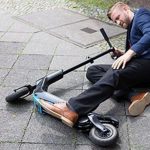
Depression affects half of the 6 million Americans who struggle with debilitating heart failure. Now, research shows that two leading modes of treatment — antidepressants and an approach called behavioral activation psychotherapy — work equally well to ease depression among these patients. Behavioral activation psychotherapy works by promoting involvement in activities that the patient enjoys, explained the team at Cedars-Sinai in Los Angeles. “The most important finding here is that patients experiencing depression have a choice in terms of their treatment between therapy or medications,” study lead author Dr. Waguih Ishak said in a hospital news release. “Patients who prefer not to be on medication can do behavioral activation therapy with similar results,” said Ishak. He’s vice chair of education and research in the hospital’s Department of Psychiatry and Behavioral Neurosciences. In their research, Ishak’s group tracked the mental health of more than 400 heart failure patients over the course of a year. Half of them received antidepressants to help ease their depression, while the other half engaged in behavioral activation psychotherapy. The result: Each treatment approach helped about equally, with patients in either group benefiting from an average 50% reduction in depression symptoms. Antidepressants are effective, Ishak’s group said, but some patients prefer a non-pharmaceutical approach, and behavioral activation psychotherapy may be for them. In the treatment, a therapist helps the patient draw up… read on > read on >


















